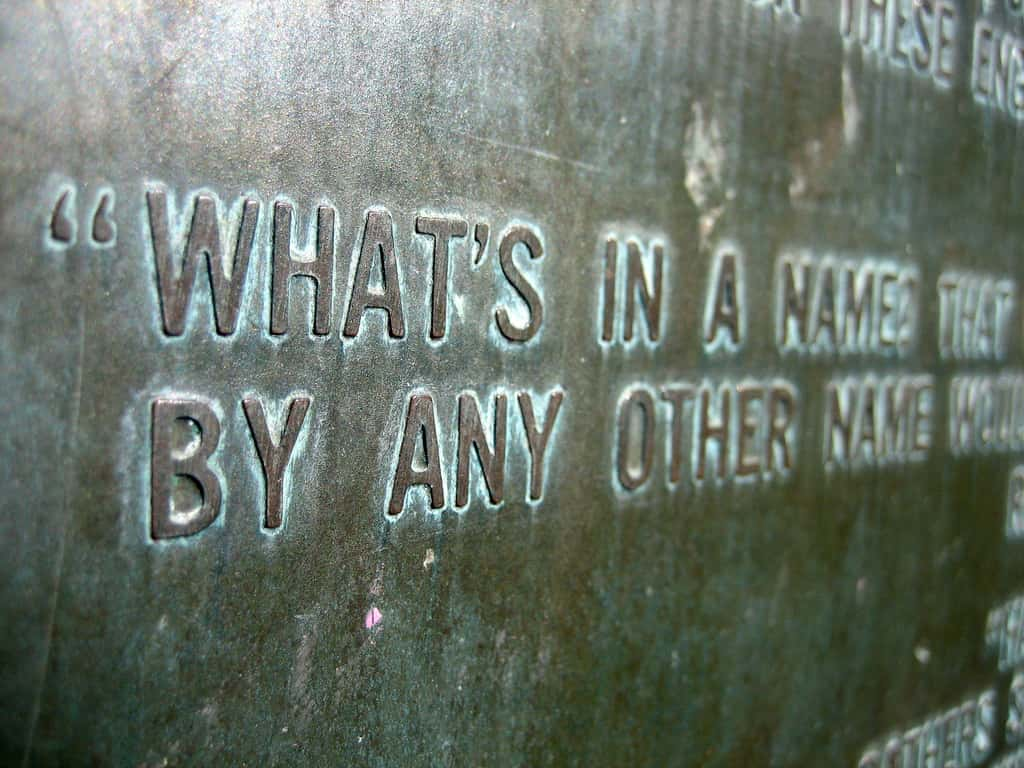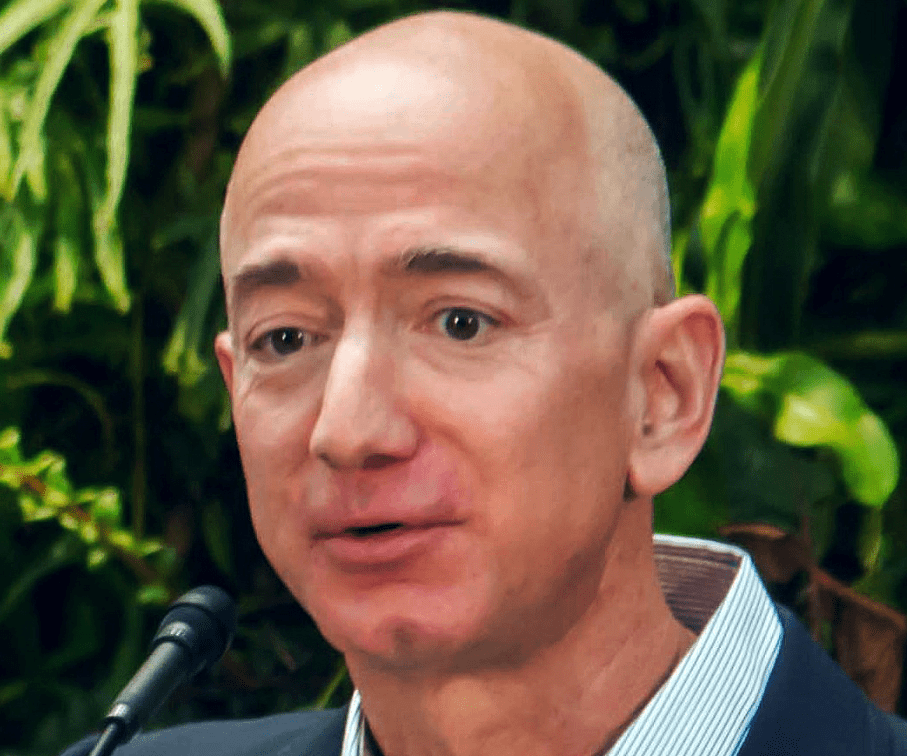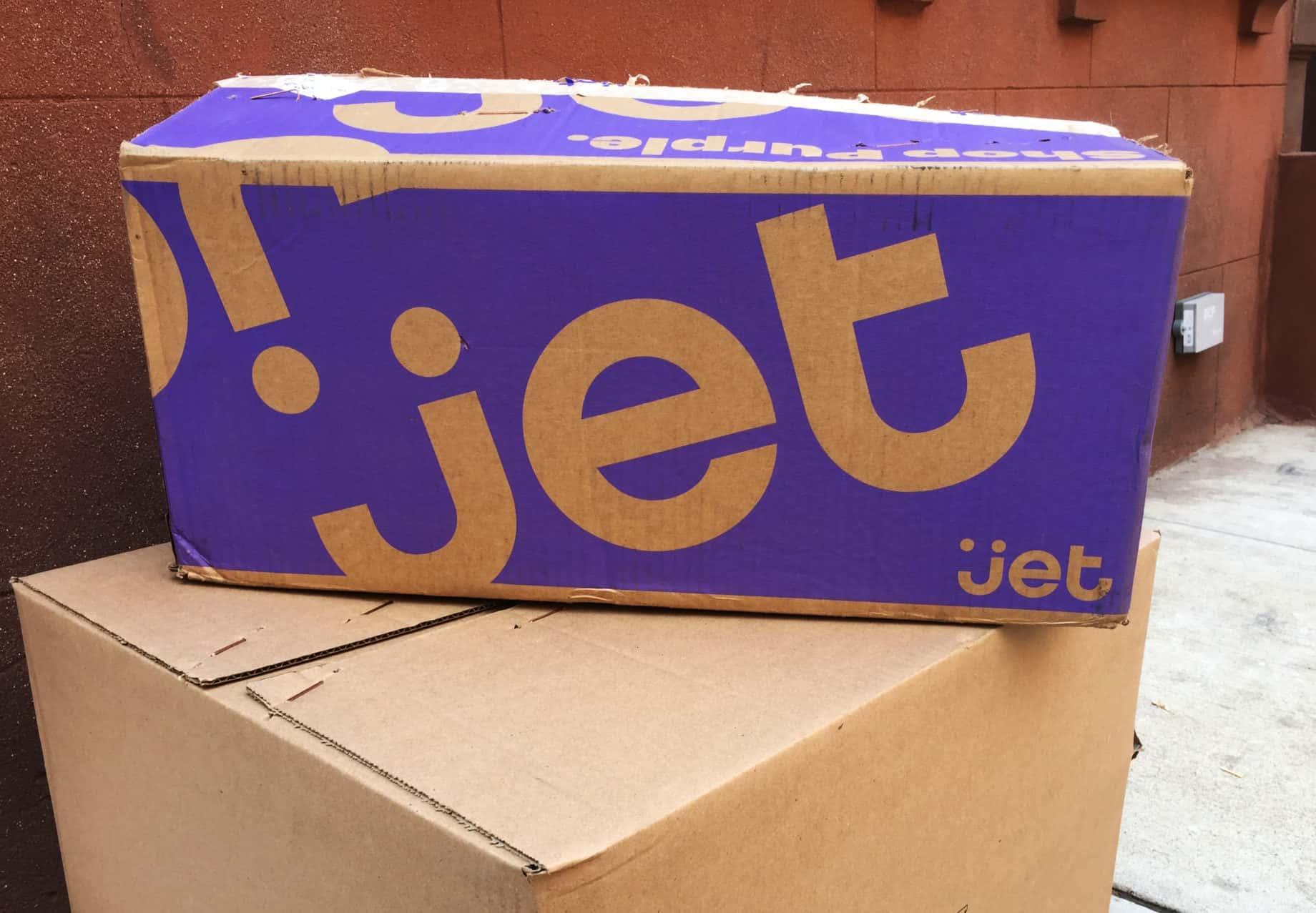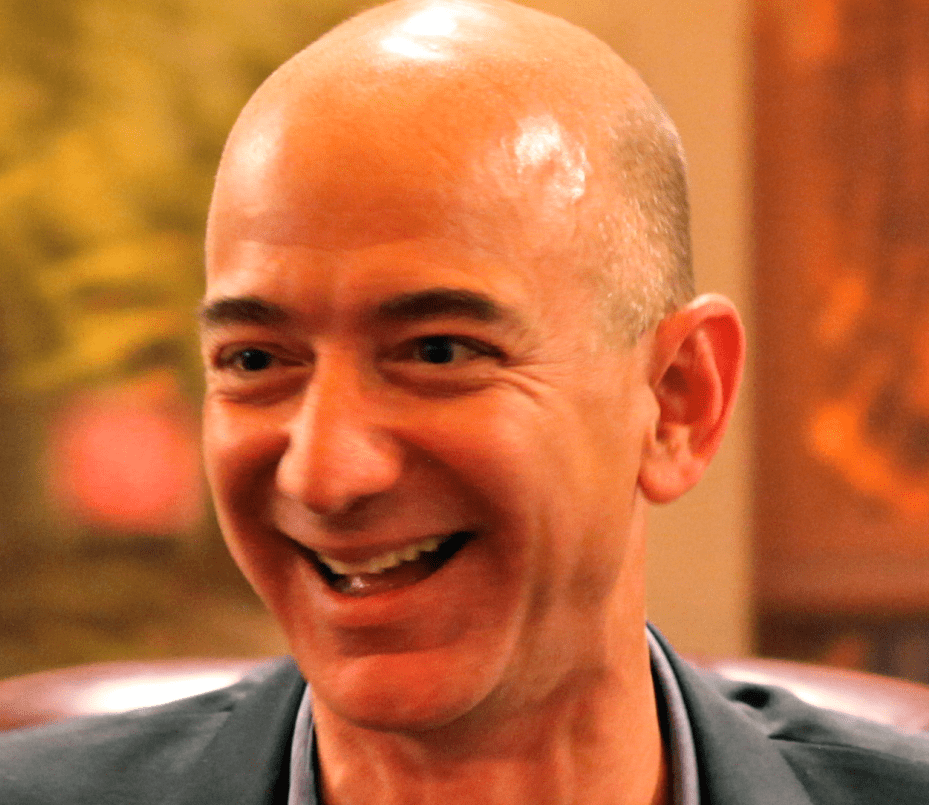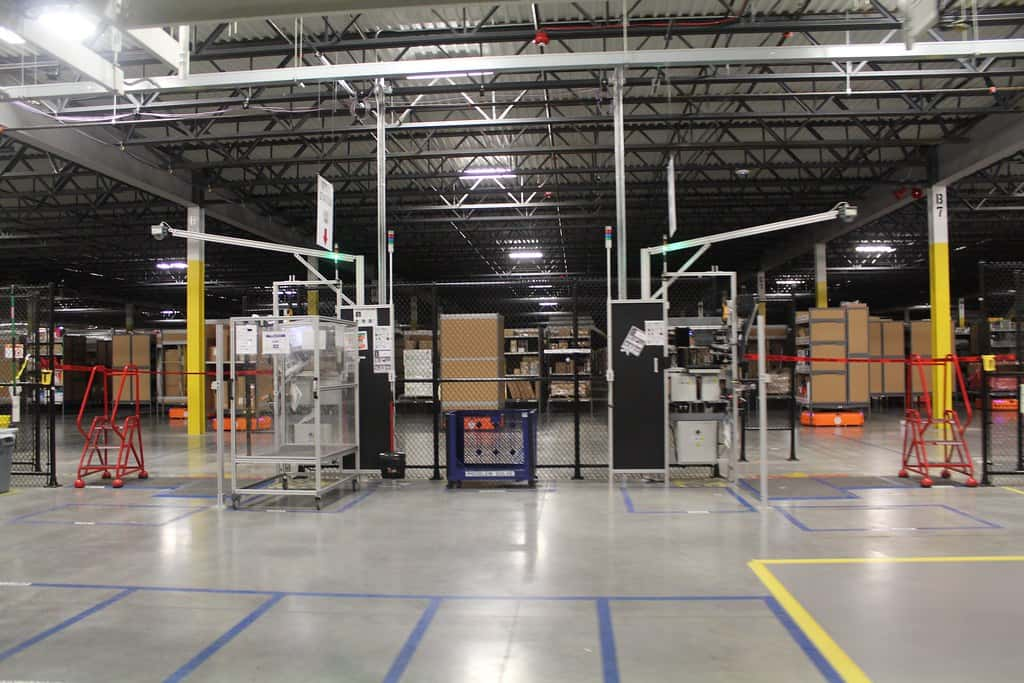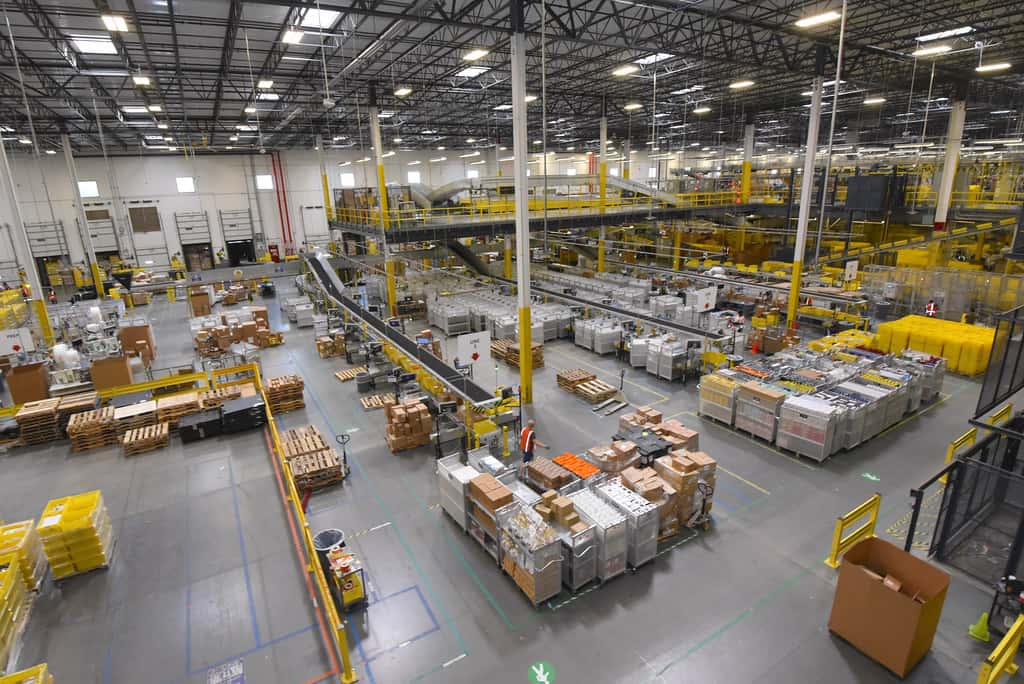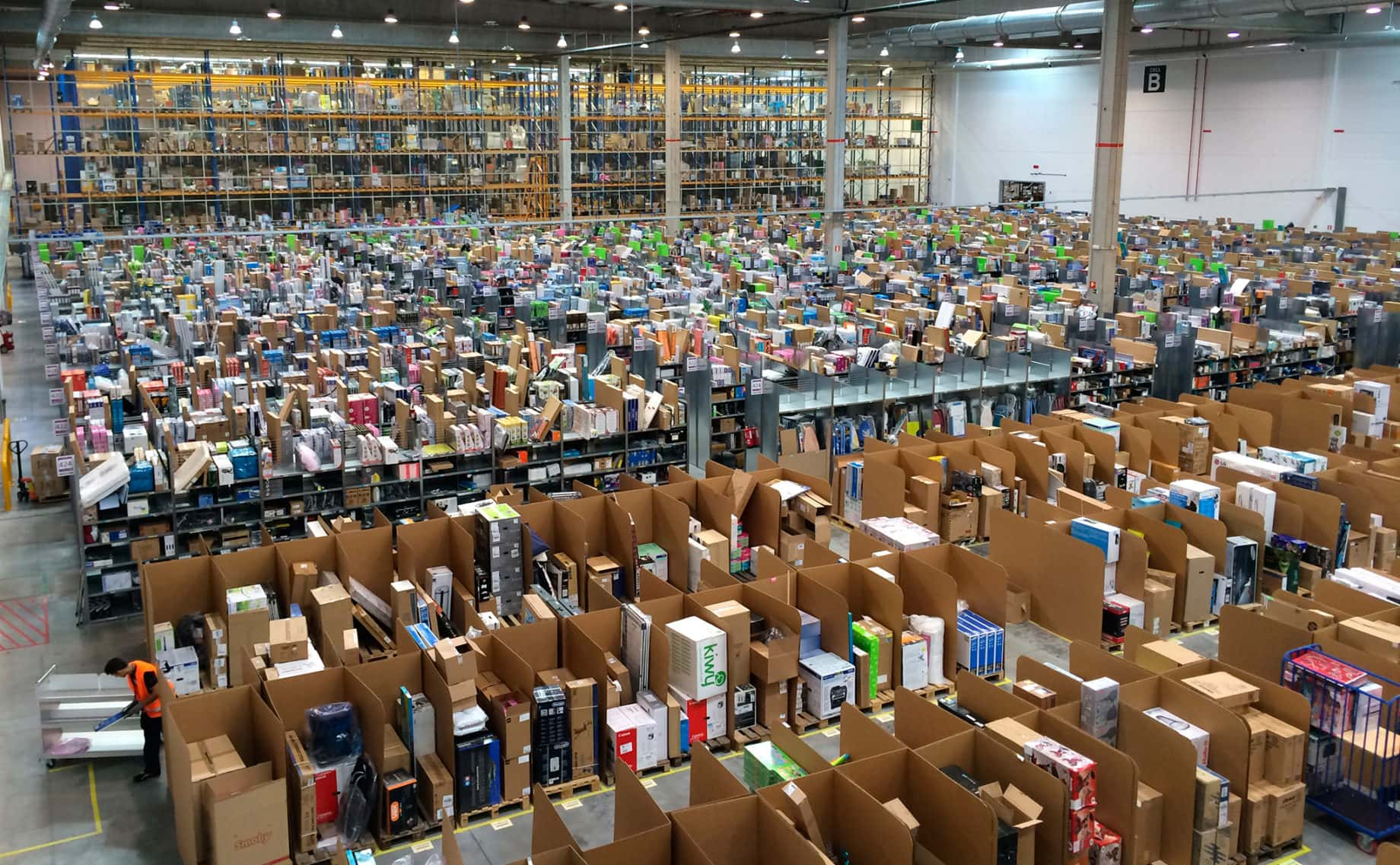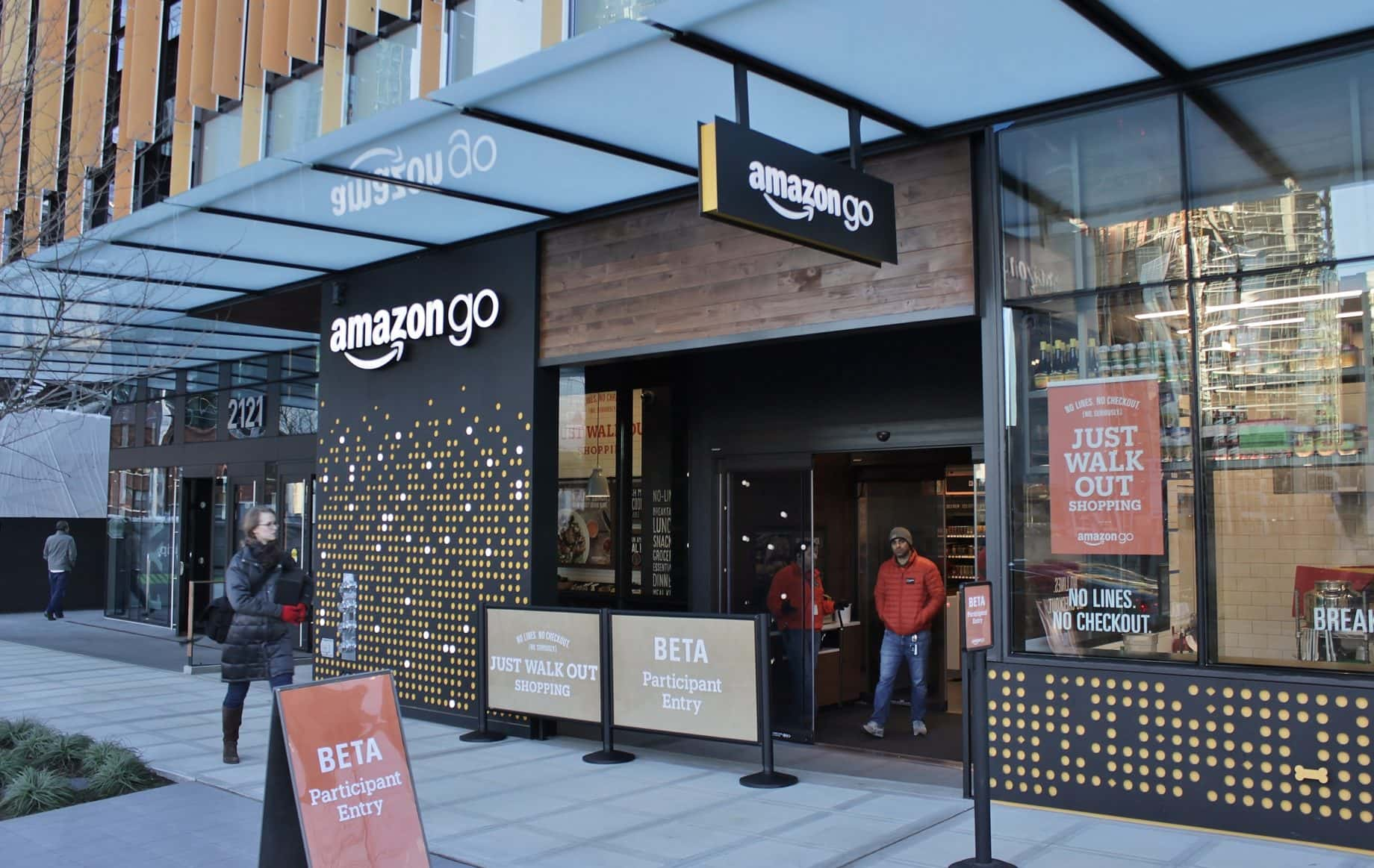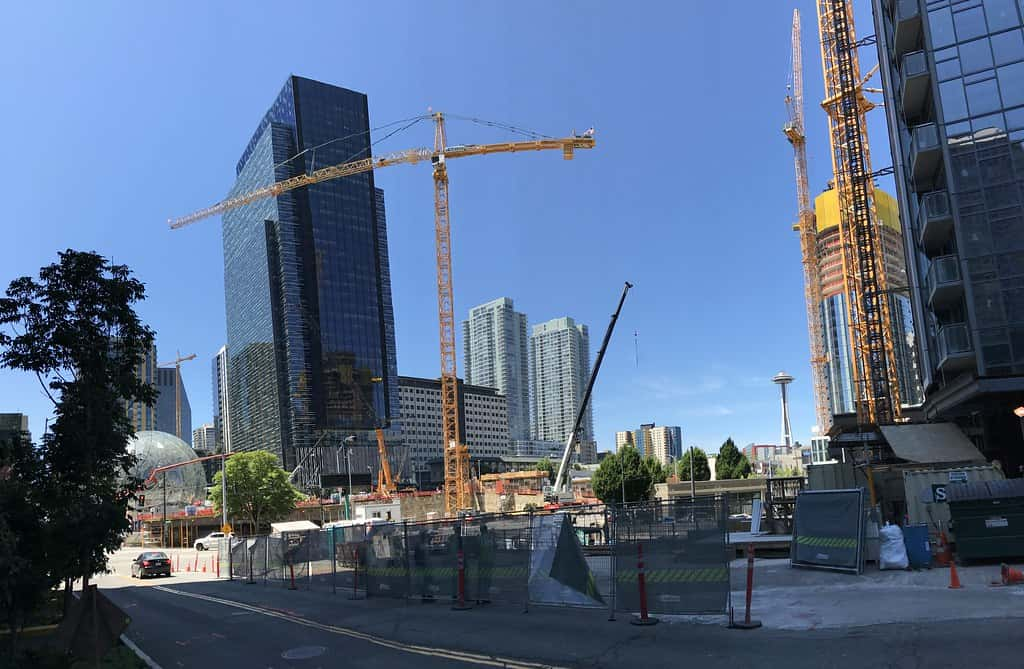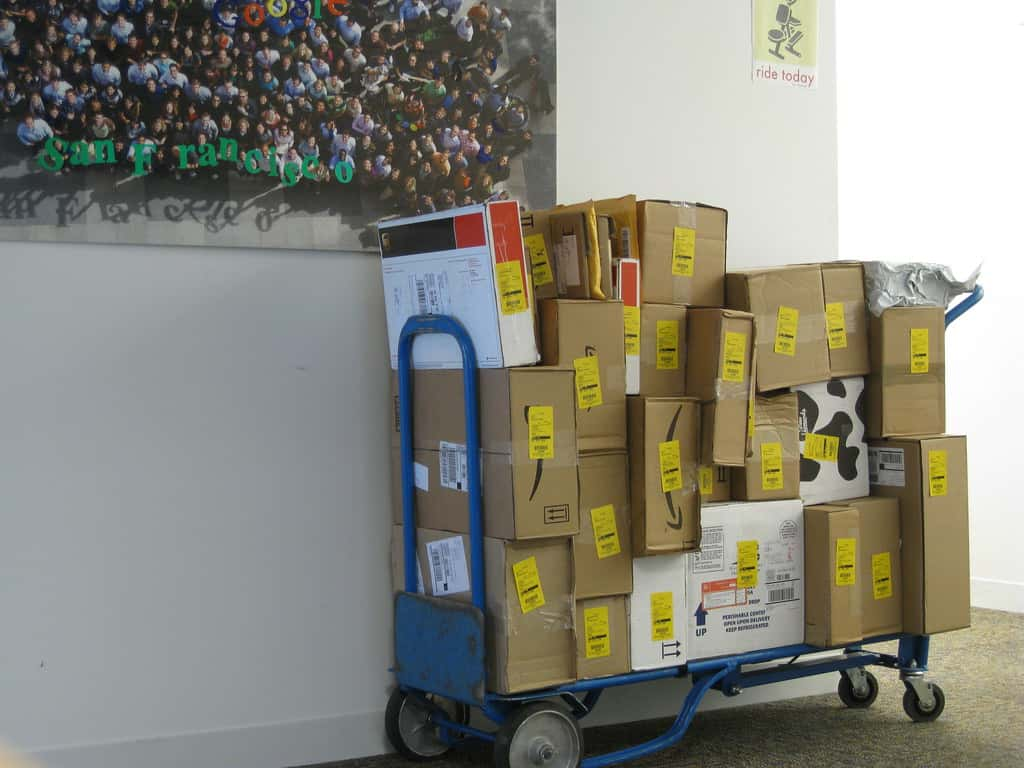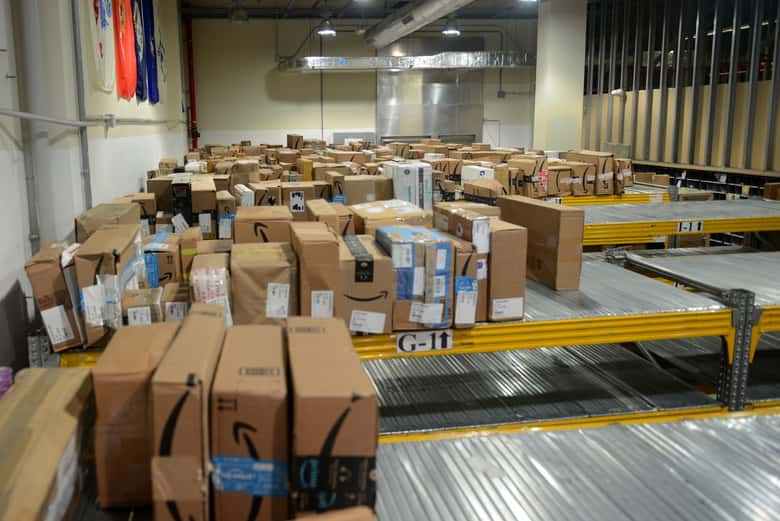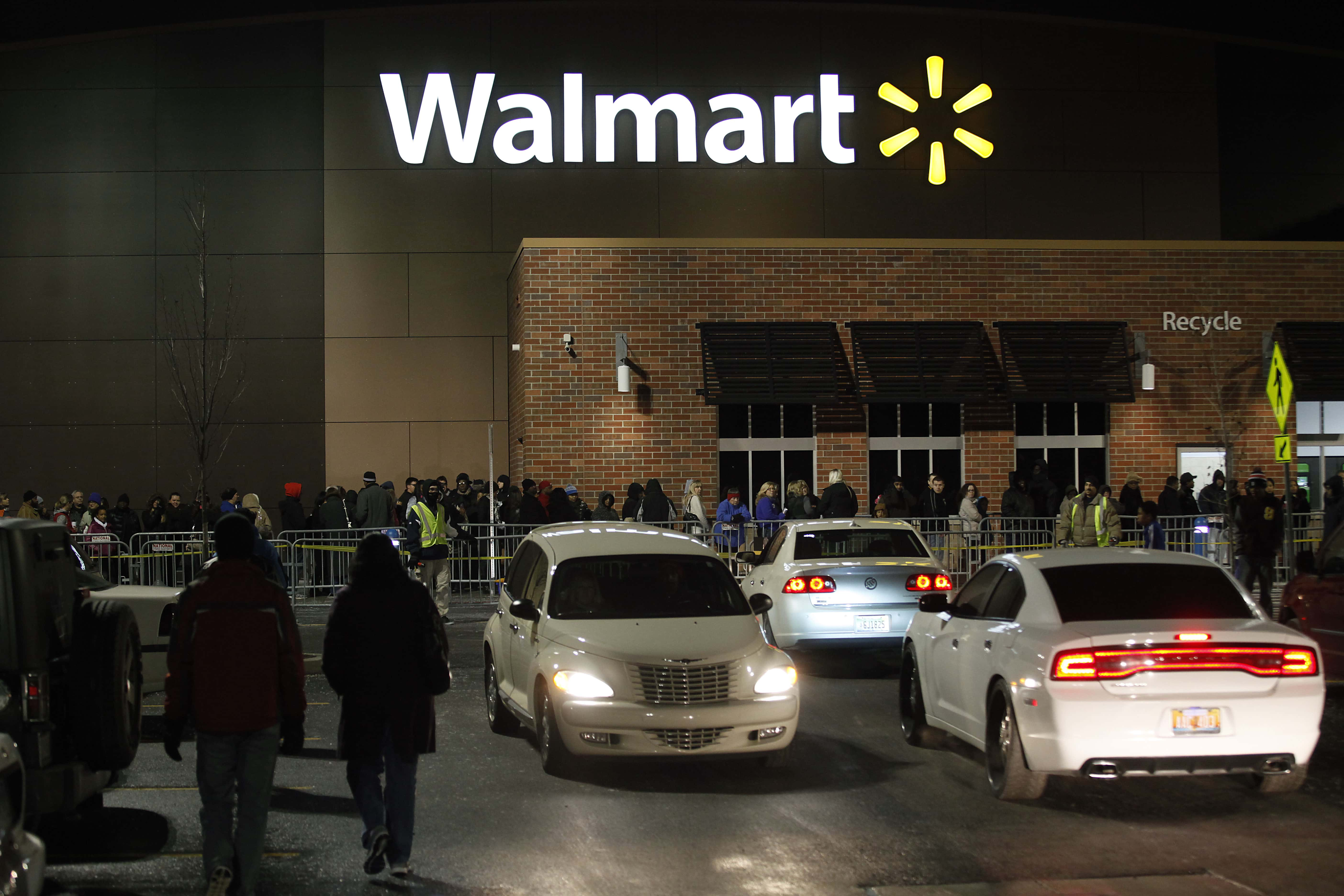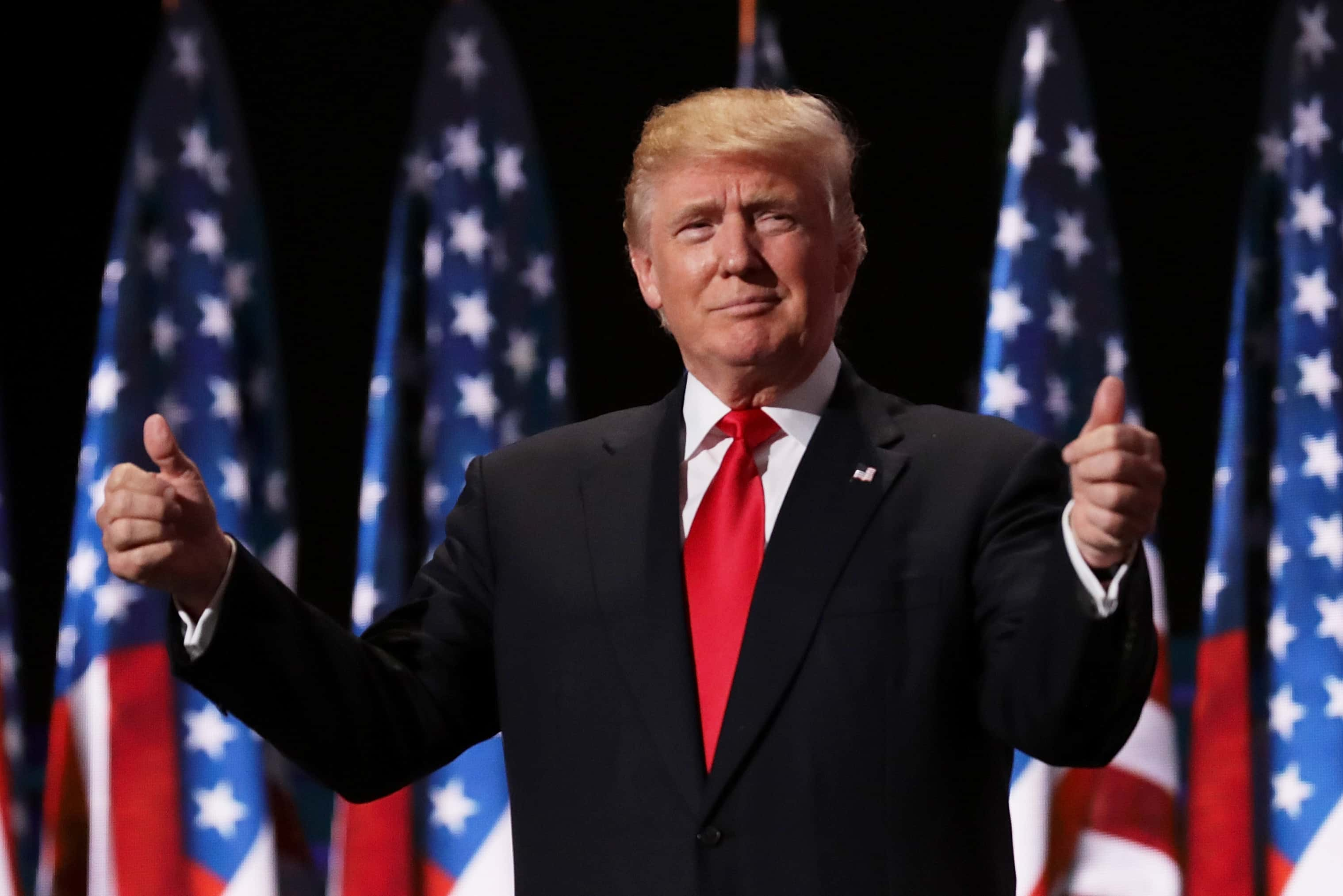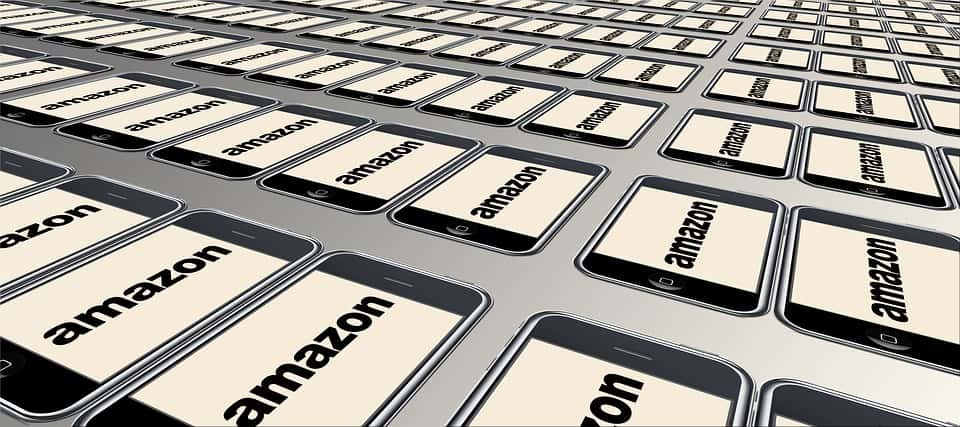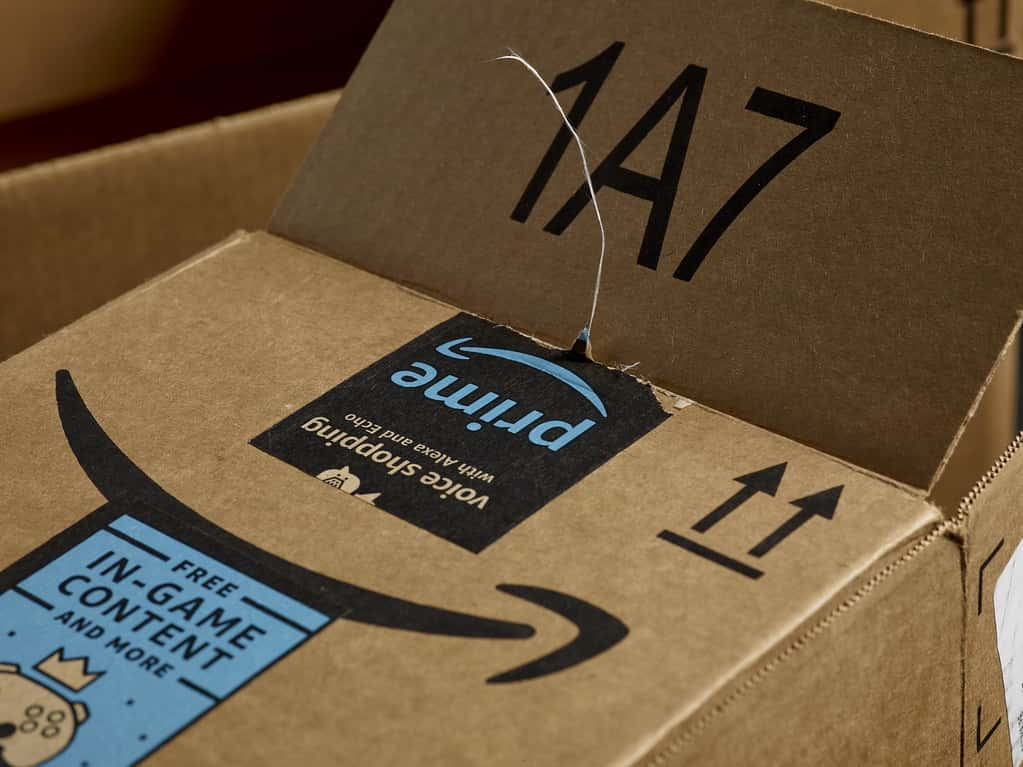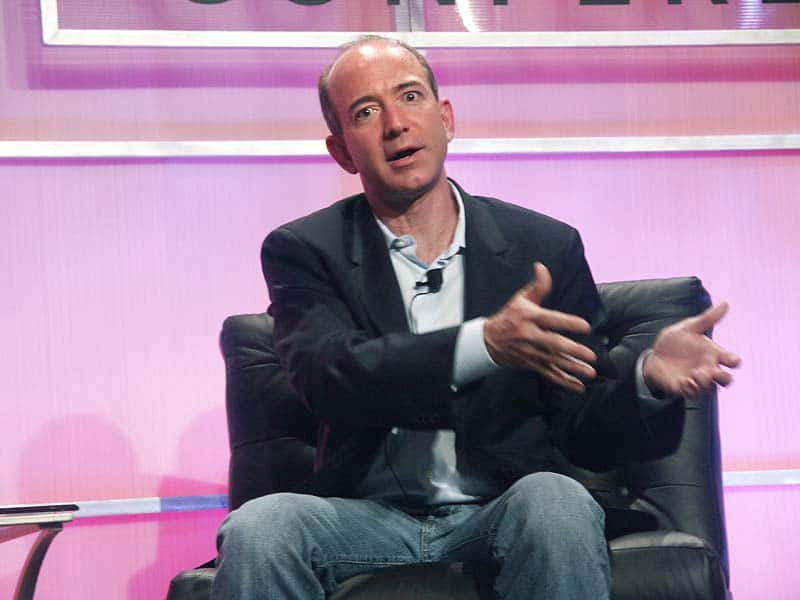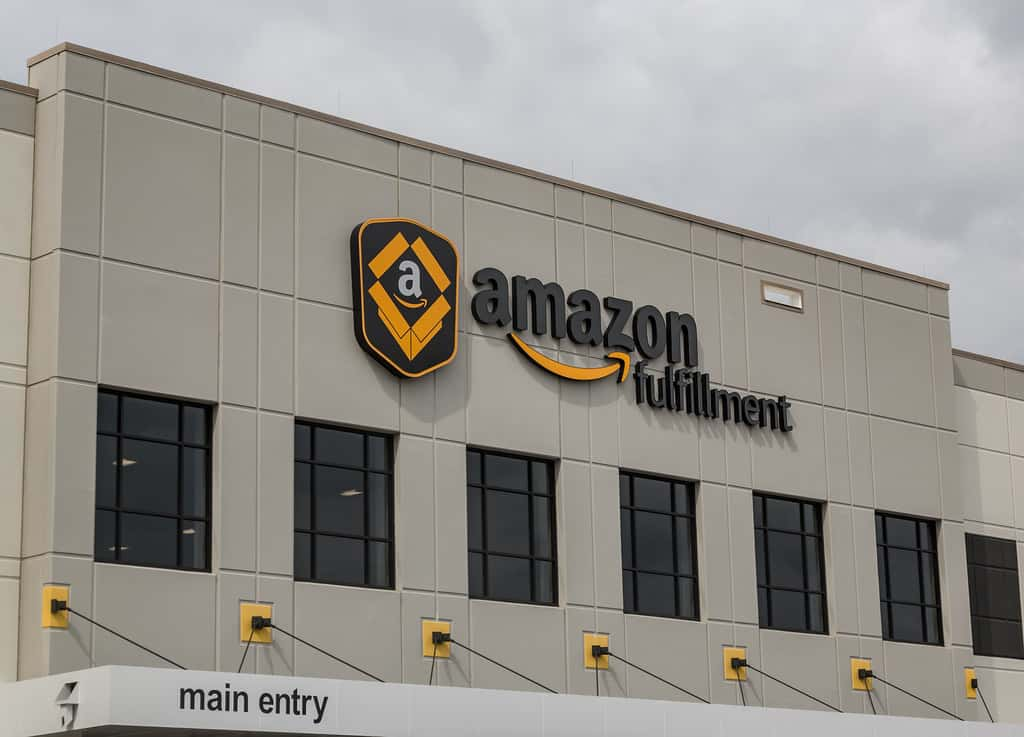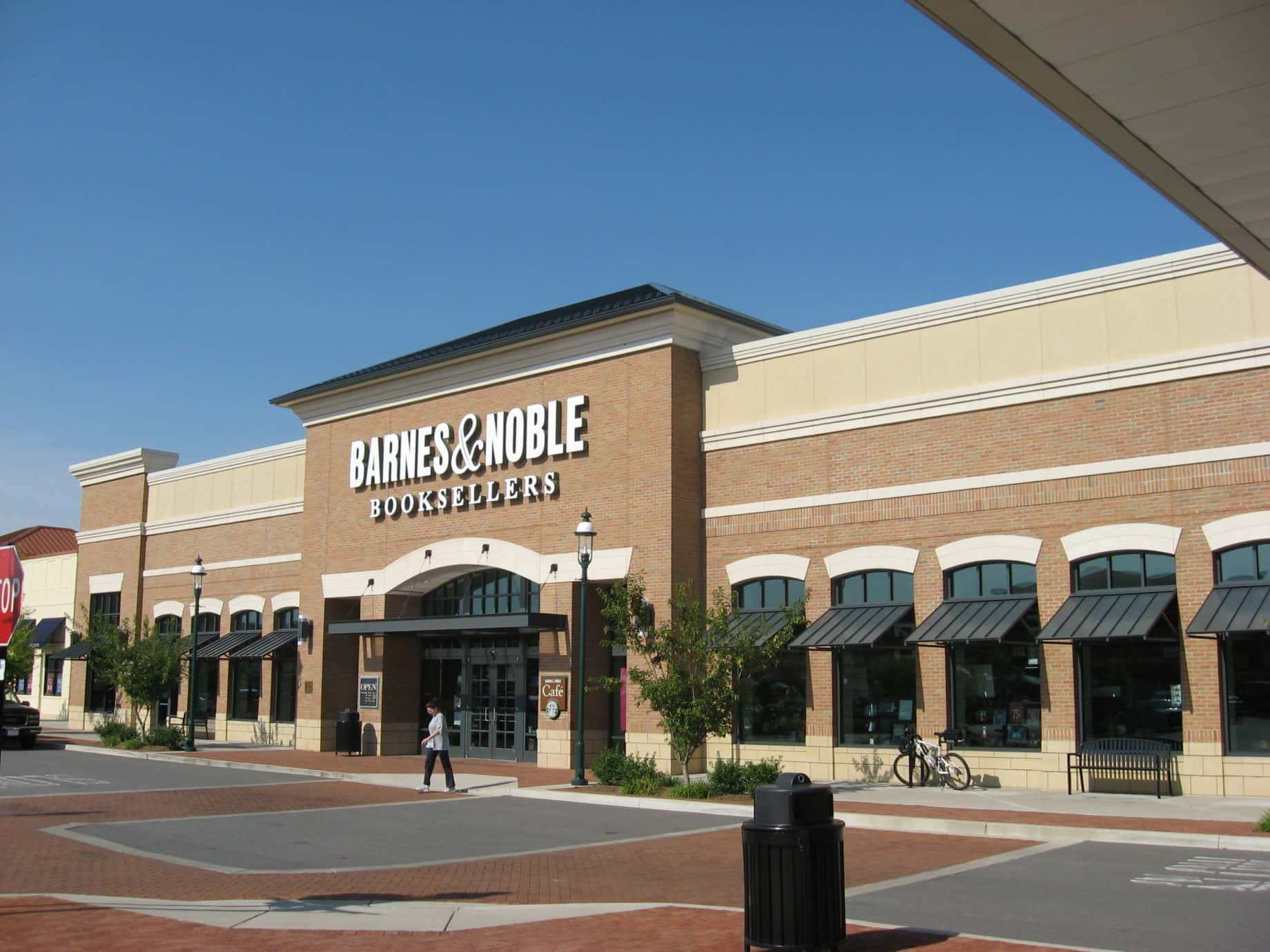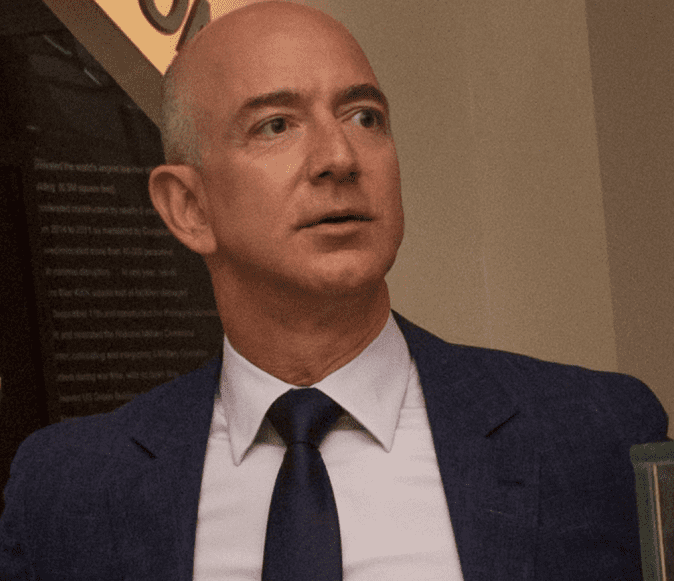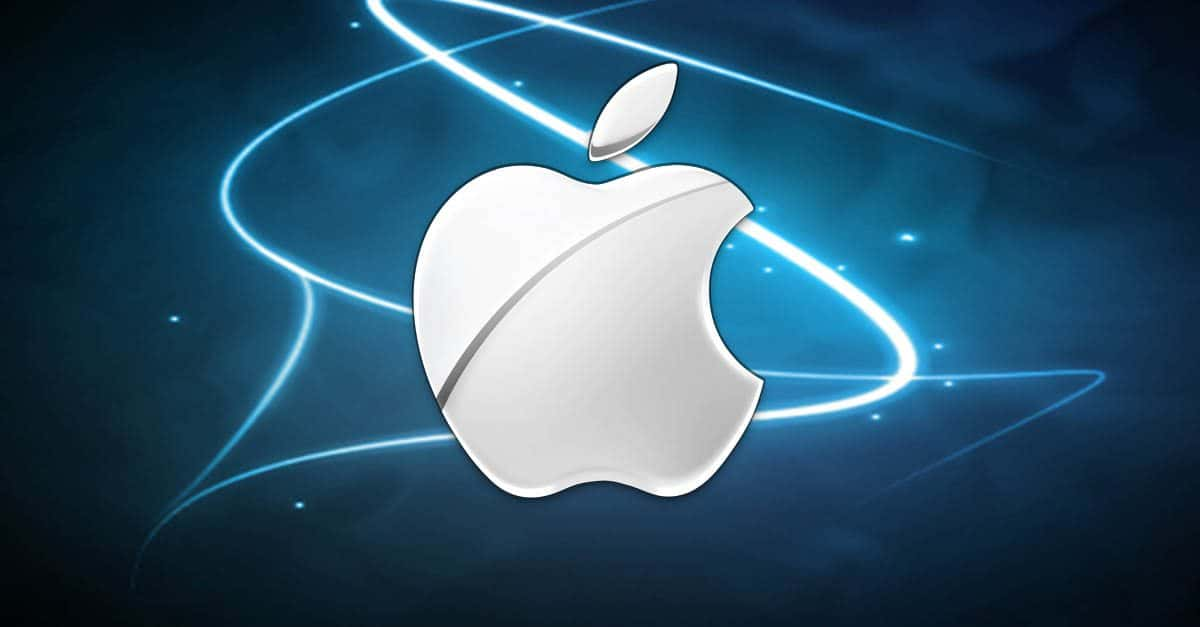"Work hard, have fun, make history."—Jeff Bezos
Beginning in 1995 as a simple online bookseller, Amazon has quickly grown to become the alpha dog of online retail. While few companies are as large or as pervasive in our daily lives as Amazon, surprisingly few of us know much about it. In this list we count down 43 absolutely amazing facts about this lucrative online behemoth.
Amazon Facts
42. What’s in a Name?
Amazon’s founder Jeff Bezos was born by the name Jeff Jorgensen in Albuquerque, New Mexico in 1964. Jeff’s mother remarried when Jeff was four years old to a man named Miguel “Mike” Bezos, a Cuban immigrant who adopted Jeff and gave him his surname.
41. Portrait of a Scholar as a Young Man
Bezos was a precocious student as a young man. He served as his high school’s valedictorian and was a National Merit Scholar. After high school, Bezos went on to study at Princeton, graduating in 1986 with Bachelor of Science degrees in computer science and electrical engineering.
40. You’ve Got Mail
Amazon was founded as a simple online book retailer out of Bezos’ garage in Bellevue, Washington. To handle all of the mail the fledgling company received, Bezos installed an oversized mailbox. The oversized mailbox Bezos put in can still be seen outside that house today.
39. First Book
The first book Amazon ever sold was called Fluid Concepts and Creative Analogies by Doug Hofstadte. This complex science book, which explores the mechanisms of intelligence through computer modelling, was sold on April 3, 1995.
38. Close of the Bell
In Amazon’s early days, a literal bell was rung every single time a new purchase was made through the site. As the company rapidly grew and new sales spiked, though, management had to stop this ritual as the bell was being rung so frequently.
37. Money from Mom and Dad
One of Amazon’s earliest investors were Bezos’ own parents. Bezos’ folks took out $300,000 from their retirement savings to invest in their ambitious son's shiny new internet startup. Today the retail giant has revenues exceeding $177 billion dollars. His parents' investment probably didn’t turn out too bad!
36. Power Hungry
While running Amazon out of Bezos' garage, the new company’s computer servers took up so much power that Bezos and his wife couldn’t plug in as much as a hair dryer in their house without risking blowing a fuse. This may help explain why Bezos long ago adopted his hairless aesthetic!
35. Fast Off the Blocks
Amazon’s early growth as an online book retailer was phenomenal. Within the company’s first month, they had sold a book to people in all 50 US states and in 45 different countries.
34. Name Change
Bezos was never set on calling his new website Amazon. His first choice for a name was actually “Cadabra,” as in the magician’s phrase, “Abracadabra.” Bezos shied away from the name after being convinced by his lawyer that it sounded too close to “cadaver” when spoken out loud. His second choice for a name was “Relentless.” While he eventually settled on Amazon, the website relentless.com still forwards to Amazon.

Sign up to our newsletter.
History’s most fascinating stories and darkest secrets, delivered to your inbox daily. Making distraction rewarding since 2017.
33. The $23 million Book
Amazon once listed a book about the genetic makeup of flies for over $23 million. This crazy price happened because the price of the book was set automatically by an algorithm that listed the price relative to the cost of another Amazon source store. At the same time, this other Amazon source store set its price relative to the price of the first store. As a result, each store’s algorithm entered into a price race-to-the-top, eventually landing on $23 million. Once the algorithmic flaw was discovered, the price of the book was corrected all the way back down to a measly $106.23.
32. Alumni Success
Numerous former top employees of Amazon have gone on to found their own extremely successful companies as well. These ranks include Jason Kilar, who started Hulu; Marc Lore, who founded Jet.com; and Charlie Cheever, who founded Quora.
31. Tough Boss
Bezos is notorious for being, how shall we say, extremely "direct" with his Amazon employees. The following is a sample of Bezos' statements and retorts to employees over the years, as compiled by BusinessInsider:
"Are you lazy or just incompetent?"
"I'm sorry, did I take my stupid pills today?"
"Do I need to go down and get the certificate that says I'm CEO of the company to get you to stop challenging me on this?"
[After reviewing the annual plan from the supply chain team] "I guess supply chain isn't doing anything interesting next year."
[After reading a start-of-meeting memo] "This document was clearly written by the B team. Can someone get me the A team document? I don't want to waste my time with the B team document."
[After an engineer's presentation] "Why are you wasting my life?"
30. Naming Kindle
Amazon’s Kindle, the company’s e-reader that permits users to electronically read books, newspapers, and other digital media, was originally going to be named "Fiona." The name derived from a character in science fiction writer Neal Stephenson’s book The Diamond Age. This character has a machine, much like the Kindle, that contains electronic version of all libraries and TV shows, etc.
29. Clocking in
Amazon has made Bezos the world’s richest man, with a net worth topping out at around $125 billion. As a result of such enormous wealth, Bezos can buy practically anything he wants. For instance, he recently invested a mere $42 million worth of pocket change into a project to build a mechanical clock that will tell the time for the next 10,000 years. Who needs a Rolex when you can build yourself one of these!
28. Robot Takeover
In 2012, Amazon purchased Kiva Systems, a company that has developed robotics technology that allowed smart machines to retrieve items in warehouses and bring them to employees. It is reported that 45,000 autonomous robots now roam Amazon warehouses in search of their next package.
27. One Click Ownership
Amazon’s “One Click” button that allows consumers to purchase items with only a single click of the mouse is actually a patented and trademarked operation. Apple, who also offers “One Click” purchases to its customers, is doing so through a licensing agreement with Amazon. This means that even while customers are using Apple products, Amazon is getting paid.
26. Crazy Christmas
While Amazon currently hires large numbers of seasonal staff to help out during the holiday season, this was not always the case. In 1998, as the growing retailer hit the holiday season rush, the company soon realized it was significantly understaffed to meet the holiday order backlog. Every Amazon employee had to work graveyard shifts for weeks in order to meet demands. Reportedly, some employees even brought their friends and family to the warehouse to help!
25. Primal Scream of the Amazonian
Even though Amazon currently hires seasonal staff to help meet the insane demands of the holiday buying season, this period is still one of high stress and tension for Amazon's employees. In the early 2000s, Amazon’s Operations Manager devised a form of therapeutic release that would help quiet employee concerns during these tense holiday times. It was pretty weird, though: this manager permitted any employee who completed a significant task to let out “primal scream” at him over the phone. No wonder the company is named Amazon!
24. Amazon Home
In 2006, one temporary Amazon employee truly made himself at home in a company fulfillment center in Kansas. Let me explain. While this employee would show up for work every day and would leave at the end of his shift, management discovered that he curiously never logged any hours. Staff soon found out that this rogue employee had created a makeshift den by tunneling into an enormous pile of empty pallets, and then had used Amazon products to quite literally make himself a home.
23. Who Wants to Marry a Billionaire?
In 2017, Amazon announced that it planned to spend $5 billion dollars on building a second headquarters for as many as 50,000 employees in a city in North America. Rather than going to a city themselves, Amazon instead had cities clamoring to advertise themselves to the tech behemoth. In early 2018, Amazon announced it had narrowed the list to 20 finalists out of an incredible 238 bids from cities throughout North America. Finalists include Chicago, Miami, Los Angeles, New York, and Toronto.
22. Who Owns the Emerald City?
Amazon headquarters is based in Seattle, Washington. It is reported that out of 300,000 Amazon employees worldwide, as many as 40,000 live in Seattle. This means that an incredible 7.5% of the working age population of Seattle is an Amazon employee!
21. Dominating Online
While it seems as like Amazon has always dominated internet retail sales, in fact its control over online retail is only on the rise. One analysis stated that in 2016, Amazon accounted for a whopping 43% of all online sales on the entire internet. To put that in perspective, Amazon accounted for 33% of all online sales in 2015 and only 25% in 2012.
20. Shipping Behemoth
Amazon ships a lot of packages. But would you believe that as of 2013, the company shipped 1.6 million packages. Per day! That’s an unbelievable 608 million packages per year.
19. World of Cardboard
If all the cardboard used in all 1.6 million daily Amazon packages (including padded envelopes) sent out was laid out flat, it would cover an area equivalent to 26,400 square miles—roughly the same size as the State of West Virginia or the country of Sri Lanka. One back-of-the-cardboard calculation reveals that the company could cover the entire United States in cardboard in about five months of sales.
18. Don’t Mess With the Big Dog
We know that Amazon is a big retailer. But did you know that Amazon is literally more valuable than some huge brick and mortar retailers combined? Yes, you read that right. Amazon, which is valued at around $356 billion, is worth more than Wal-Mart, Target, Best Buy, Macy’s, Kohl’s, JCPenney, and Sears combined.
17. Rocket Man
When then-Presidential Candidate Donald Trump came after Jeff Bezos on Twitter, calling his company a tax shelter that screwed the public on taxes, Bezos was not shy to clap back at Mr. Trump. In humorous fashion, Bezos offered Mr. Trump a one-way ticket on Bezos Blue Origin rocket he was developing to send into space.
16. Whole Foods
In June of 2017, Amazon announced that it would be moving into the grocery business by buying Whole Foods, the supermarket chain that specializes in offering organic foods and other natural products. Amazon spent no less than $13.7 billion on the purchase, and acquired more than 400 physical stores.
15. Amazon Subs
Aside from Whole Foods, Amazon holds a wide range of different subsidiary companies. Amazon subsidiaries include the audiobook retailer Audible; the book cataloging and reviewing website GoodReads; and the live streaming platform Twitch.
14. We’ll Show You the Door
Even though he is now the richest man in the world, that doesn’t mean that Bezos has abandoned the thrifty principles that helped sustain Amazon in its early years. For instance, Amazon originally constructed employee desks out of inexpensive doors as a cost savings measure. Appropriately, Amazon now hands out “Door Desk Awards” for employees who have come up with a “well built idea” that saves the company money or helps customers.
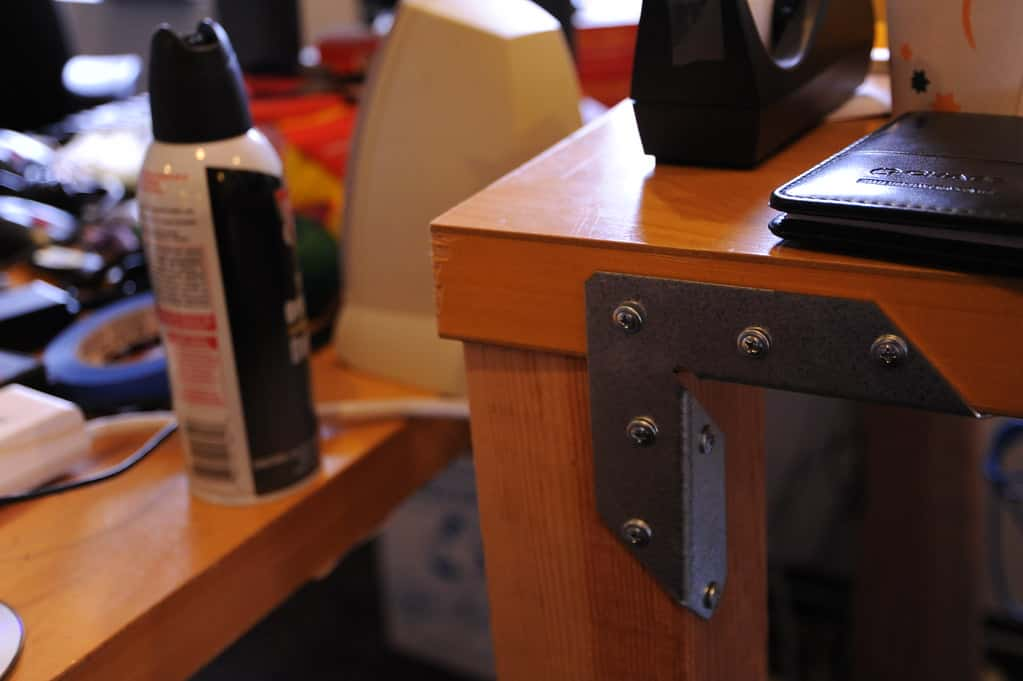 Flickr,Wonderlane
Flickr,Wonderlane
13. One Team, Two Pizzas
While Amazon encourages teamwork in their relentless pursuit of efficiency, the company tends to restrict project teams to around 10 people per team—or “two-pizza teams.” The name comes a concept introduced to the company by Bezos: that teams should be no larger than a group of people who could be fed by two pizzas for dinner.
12. Sometimes It Pays to Quit
While it may seem completely bonkers at first, Amazon has a program that literally offers to pay employees to quit. The program, which is aptly titled “Pay to Quit,” offers employees a sum of money to quit their job once a year, every year they work for Amazon. In their first year, an employee is offered $2,000 to quit, with that offer increasing by $1,000 ever year before maxing out at $5,000. The idea with the program, according to Bezos, is to “encourage folks to take a moment and think about what they really want.”
11. Slow but Steady
Despite being founded in 1995, Amazon didn’t report any wholly legitimate profits until the fourth quarter of 2001. It took until 2004 for Amazon to record an annual net profit for the first time.
10. Just in the Nick of Time
Amazon Prime is a boon to all the procrastinators out there, permitting customers to order items online that will often be shipped and delivered that very same day. But would you believe that in 2016, Amazon made a delivery to one customer in Redondo Beach, California on Christmas Eve that only took 13 minutes total? Now that is last minute shopping!
9. Changing the Narrative
Sometimes it seems like meandering PowerPoint presentations are eternal fixtures of corporate office culture. But not at Amazon, which banned PowerPoint presentations in 2004 as part of a culture shift meant to promote careful thinking about new ideas. Instead of PowerPoints, any new idea that is being pitched by an employee must be written into a 4-6 page document called a “narrative.” These narratives are handed out to employees at the beginning of team meetings, who review them carefully for 20 minutes before asking questions of the presenter.
8. Workplace Blues
In 2015, the New York Times wrote a blistering expose on the hyper competitive, dog-eat-dog workplace culture at Amazon. The expose includes such details as: an internal snitch line, a culture of frugality that expects employees to pay for their own cellphone and travel expenses, and a culture where employees are expected to rip into each others' ideas as bluntly as possible.
7. From A to Z
Amazon’s logo is a yellow arrow that looks like a smile underneath the Amazon lettering. Originally, the smile design was meant to convey that, “we’re happy to deliver anything, anywhere,” but an Amazon press release expanded the meaning by emphasizing that the beginning of the smile/arrow started at the "A" and ended on the "Z "of “Amazon,” indicating that Amazon had everything to fulfill its customers' needs from A-Z.
6. Who Needs a Husband?
There are a lot of strange things sold on Amazon, but perhaps one of the weirdest is a bizarre alternative to having an actual husband. Amazon sells a disembodied husband pillow, dressed in business-casual attire, with a lifeless hand detail.
5. Booking a Fight
One of Amazon’s early slogans was “The Earth’s Largest Bookstore.” In 1997, bookseller Barnes and Nobles sued Amazon; they claimed that Amazon's slogan was false. The two sides eventually settled out of court, and Amazon continued to use that slogan. Amazon’s battle with their biggest brick and mortar competitor didn’t end with slogans. In 1996, Bezos went for dinner with top Barnes and Nobles executives, who at first expressed admiration for him before threatening him with their plan to start their own website that would obliterate Amazon. When that website eventually launched, one of the Barnes & Nobles executives wanted to name it “Book Predator.” In case you couldn't guess, the site didn't end up destroying Amazon.
4. Competitive Instinct
Amazon was no stranger to competition either. During Amazon’s early tussles with Barnes and Noble, Bezos hired a mobile billboard company to circle around outside Barnes and Noble locations. The billboard stated, “Can’t Find the Book You Wanted?” and then listed Amazon’s web address.
3. Critical Error
In the very early days of Amazon, the site contained a serious programming error that permitted crafty users to trick the site into crediting money onto their credit cards. All one had to do was order a negative quantity of books, and the value of these books would be automatically credited onto a user's credit card. Once this bug was discovered, it was quickly shut down by the company.
2. Lichen Loophole
When Amazon started, book retailers were required to order books from distributors in quantities of 10 or more at one time. The company had neither the space nor the money to order such large quantities, and so hit on a loophole in the policy: while they needed to order 10 books at a time, they didn’t need to receive that many to fulfill the policy. So Amazon would order one or two copies of a book they wanted while ordering eight or nine copies of an obscure book about lichens that they knew was out of stock and would never be sent!
1. Time Is Money
In August 2013, the Amazon website went down for 40 minutes. While this may seem like a small blip in time, it ended up costing Amazon an estimated $4.8 million—or $120, 000 per minute. That ain’t chump change!
Sources: 1, 2, 3, 4, 5, 6, 7, 8, 9, 10, 11, 12, 13, 14, 15, 16, 17, 18, 19, 20, 21, 22, 23, 24, 25, 26, 27, 28, 29, 30, 31, 32, 33

